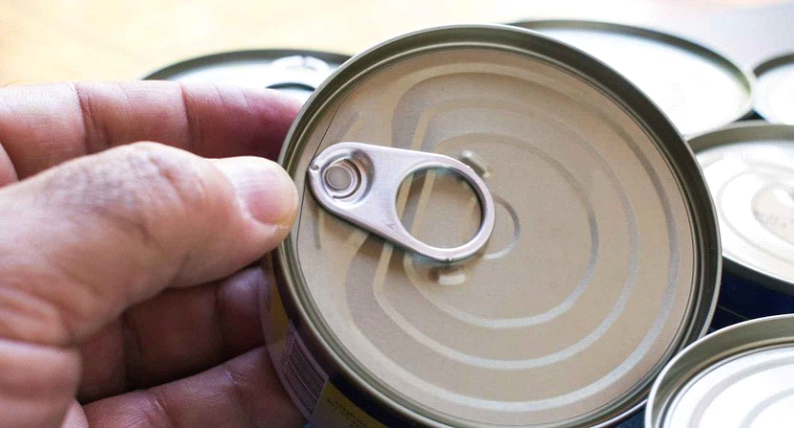A tin can is a metal container designed for the storage and preservation of foodstuffs, particularly canned food products such as fish. These containers are opaque and resistant, making them suitable for packaging and preserving liquids and processed foods. Canning cans provide a natural sterilization method without the need for additives, allowing food to be preserved in optimum conditions for long periods of time.
Canning cans commonly used in the fish canning industry can be of two or three pieces. Three-piece cans are made from a rectangular sheet of tinplate, known as the body sheet, which is rolled into a cylinder shape and joined with a vertical seam by welding. Two extremities are added to this section: the bottom or base of the can and the lid. The lid is placed after the filling process of the can with food. The joining of the lid and base to the can body is done through a process known as double seaming, which is crucial to ensure the correct functioning of the container, since errors in this process can lead to the loss of the hermetic seal and contamination of the contents after heat treatment.
The strength of food cans is essential to ensure that food is kept in a safe and sanitary condition. The cans are subjected to sterilization processes at temperatures above 100°C, which ensures the destruction of pathogenic germs and the inactivation of enzymes that could alter the food. The mechanical resistance of the cans means that they do not need to be stored in cold stores and can be stored in cool, dry places, away from high temperatures and humidity.
As regards their composition, cans for packaging are usually made of electrolytic tinplate with a sanitary varnish inside, which does not alter the organoleptic characteristics of the product and does not transmit harmful substances. In addition, the cans offer the advantage of being recyclable, which contributes to the sustainability of the packaging.
The manufacture of food cans is a technical process that requires precision and quality control to ensure that the package meets the specifications necessary to safely and effectively preserve the packaged food.












